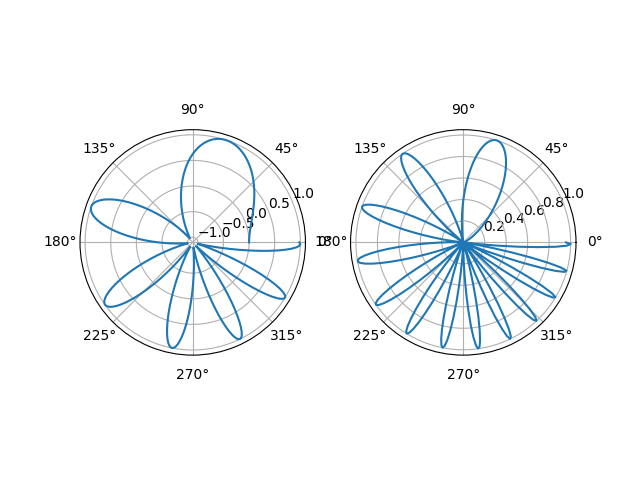

- #MATPLOTLIB ADD SUBPLOT ACROSS MULTIPLE LOCATIONS HOW TO#
- #MATPLOTLIB ADD SUBPLOT ACROSS MULTIPLE LOCATIONS CODE#
In other words, first I create a figure and an axes on it, and then I change the size of the axes (by changing aspect ratio for example), which in general will leave a portion of the figure container empty. use fig.addsubplot(.) instead Here is an example (using seaborn module): labels df.columns.values fig, axes plt. fig, axes plt.subplots(nrows3, ncols1) This creates a Figure and Subplots in a 3×1 grid. Specify the number of rows and columns you want with the nrows and ncols arguments. What I want are two subplots side by side with titles as described. And third one underneath the two with bars for temp2 without the titles. So my question is: Could you suggest a way to accommodate the size of the figure to the size of the axes with arbitrary aspect ratio? The plt.subplots () function creates a Figure and a Numpy array of Subplot / Axes objects which you store in fig and axes respectively. 2 subplots as I intended, however the second one empty with titles as described. puts it, the key is to change the size of the figure container.

What I wanted is actually setting the aspect ratio to any customized value and eliminating the white space at the same time. Tight_layout eliminates some of the margin, but not all of the margins. subplots_adjust does not work as expected.
#MATPLOTLIB ADD SUBPLOT ACROSS MULTIPLE LOCATIONS HOW TO#
I don't know how to eliminate the noticeable margins.
#MATPLOTLIB ADD SUBPLOT ACROSS MULTIPLE LOCATIONS CODE#
Maybe append them to a list.The following code gives me a plot with significant margins above and below the figure. Its default is to create a single (sub)plot, but. Depending on how many different subplots you have, and how many different lines you plot in each subplot it might be better to keep proper track of the different line-objects. The purpose of this historical case study was to understand and describe rural community experiences during the 1918 influenza pandemic in Nebraska. As you might have intuited, the plt.subplots() function can be used to create a figure with multiple subplots. Now there will be an label below the second last (bottom middle) axis area, thanks to the bbox_to_anchor=(x, y) with a negative y-value. Below are some programs to make subplots span multiple grid rows and columns: Example 1: Python3 def formatAxes (fig): for i, ax in enumerate(fig.axes): ax.text (0.5, 0.5, 'axd' (i+1), va'center', ha'center') ax.tickparams (labelbottomFalse, labelleftFalse) import matplotlib.


# it would of course be better with a nicer handle to the middle-bottom axis object, but since I know it is the second last one in my 3 x 3 grid. Line3, = ax.plot(np.random.random(100), 'o', label='data3')įig.subplots_adjust(top=0.9, left=0.1, right=0.9, bottom=0.12) # create some space below the plots by increasing the bottom-valueĪxlist.flatten().legend(loc='upper center', bbox_to_anchor=(0.5, -0.12), ncol=3) We can adjust the size of the figure containing the subplots in the matplotlib by specifying a list of two values against the figsize parameter in the () function, where the 1st value specifies the width of the figure and the 2nd value specifies the height of the figure. Three integers (nrows, ncols, index).The subplot will take the index position on a grid with nrows rows and ncols columns.index starts at 1 in the upper left corner and increases to the right. Read: Matplotlib plot bar chart Matplotlib subplot figure size. For example: import matplotlib.pyplot as plt x range (10) y range (10) fig, ax plt.subplots (nrows2, ncols2) for row in ax: for col in row: col.plot (x, y) plt.show () However, something like this will. The position of the subplot described by one of. The subplots method creates the figure along with the subplots that are then stored in the ax array. Here is an example with a 3x3 grid, and axes spanning all three columns, two columns, and two rows. Line1, = ax.plot(np.random.random(100), label='data1') Parameters: args int, (int, int, index), or SubplotSpec, default: (1, 1, 1). GridSpec is a flexible way to layout subplot grids. Then you can fit the legend right there and have one "global" legend. One way to do it is to force some extra space below the plots.


 0 kommentar(er)
0 kommentar(er)
